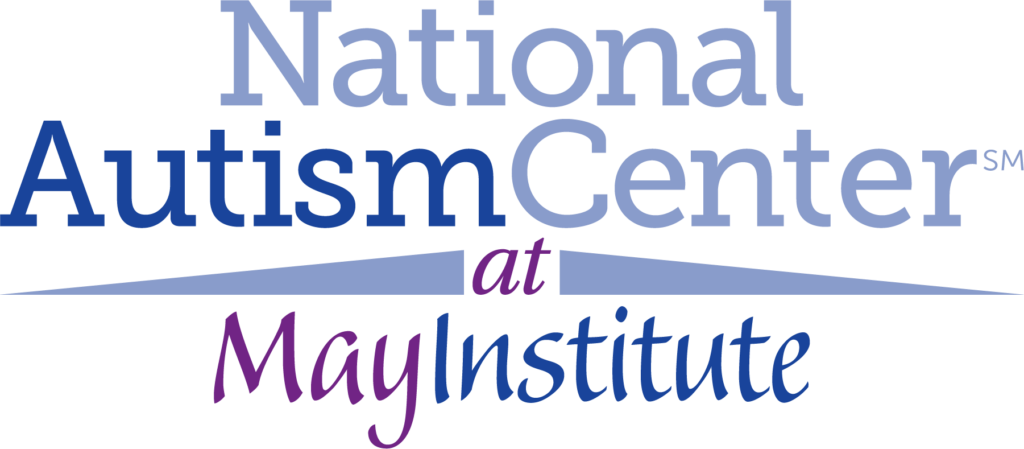Autism
Autism Interventions
What interventions are recommended?
Selecting the most appropriate intervention for an individual with ASD is complicated. The following factors should influence intervention selection:
(a) evidence of intervention effectiveness;
(b) professional judgment and data-based clinical decision making;
(c) values and preferences of families (including the individual on the autism spectrum);
(d) capacity to accurately implement an intervention.
The National Standards Project of the National Autism Center has identified interventions that have sufficient evidence to show they are effective for individuals with ASD. We recommend considering these interventions unless they are deemed inappropriate based on one of the other factors influencing treatment selection.
The 14 Established Interventions for children, adolescents, and young adults (under 22 years of age) identified in the National Standards Report, Phase 2 (2015) are:
- Behavioral Interventions
- Cognitive Behavioral Intervention Package
- Comprehensive Behavioral Treatment for Young Children
- Language Training (Production)
- Modeling
- Natural Teaching Strategies
- Parent Training
- Peer Training Package
- Pivotal Response Training
- Schedules
- Scripting
- Self-Management
- Social Skills Package
- Story-based Intervention
Most of the interventions identified above come from the behavioral literature (including applied behavior analysis, behavioral psychology, and positive behavior supports). Increasingly, a broad range of fields (e.g., developmental psychology, special education, speech-language pathology) are making contributions to the autism literature, so this trend may change over time.
FOR ADULTS: The only intervention to be identified as Established for individuals ages 22 years and older is Behavioral Interventions. The Behavioral Intervention category consists of applied behavior analytic interventions to increase adaptive behaviors and decrease challenging behaviors.

